Disclaimer: Moving Health Care Upstream is a collaborative effort originally co-led by Nemours Children’s Health System (Nemours) and the Center for Healthier Children, Families & Communities at the University of California- Los Angeles (UCLA). The views and opinions expressed in this article are those of the author(s) and do not necessarily reflect the official policy or position of Nemours, UCLA or the Moving Health Care Upstream initiative.
Exploring the Roles & Functions of Health Systems within Population Health Integrator Networks:
In 2012, Nemours’ National Office of Policy & Prevention and a team of stakeholders wrote an article entitled “Integrator Role and Functions in Population Health Improvement Initiatives.” The article outlined three core functions that “integrators” carry out to help network partners break down silos and advance ambitious health goals for their regions. In the ensuing years after this report, the field’s knowledge of how multi-sector networks for population health organize themselves and coordinate their services has grown tremendously. In spite of these developments in the field, an opportunity remains to help unpack the mechanics of how hospitals and health systems overcome unique challenges of serving as integrators while helping networks improve the overall living conditions of youth and families around the US.
In November 2018, the Kresge Foundation made a two-year grant to Nemours to update its work on population health integrators, with a specific focus on how hospitals and health systems join, catalyze, and sustain the work of population health integrator networks. For a project overview, please click here.
Phase 1
The project will begin with a series of expert interviews with dozens of academics, researchers, and population health integrators to better understand how hospitals and health systems work with partner institutions to move population health integrator networks forward. The Nemours team will use this data collection, and a review of literature, to update its understanding of key integrator functions. Interviews will also help to identify “bright spot” integrators to highlight best practices for hospitals and health systems that are interested in working across sectors.
Phase 2
In early 2020, Nemours and a team of technical assistance providers will host eight communities in a virtual “Integrator Learning Lab” (based on 2018’s successful Policy Learning Lab model). As co-creators in this process, the eight communities selected for the Integrator Learning Lab will help design the Lab’s content by identifying common challenges and technical assistance needs. Each community will leave with individualized action plans for furthering population health integrator networks in their communities.
Both of these phases of work will contribute the publication of several papers/resources in late 2020, including:
- an updated framework for understanding the essential roles and functions of population health integrators;
- detailed examples of these roles and functions via spotlights on networks around the country;
- recommendations for the field;
- lessons learned from the Integrator Learning Lab; and
- resources for the field via copies of technical assistance and action planning documents provided to communities participating in the Integrator Learning Lab.
Follow Our Progress & Share Your Thoughts
Along the way, we’ll be sharing what we’re learning and inviting thoughts from the field. We invite you to get updates by signing up for our email list, following us on Twitter (@MHCUpstream), or emailing Bilal Taylor ([email protected]), Program & Policy Analyst with the Nemours National Office of Policy & Prevention.
